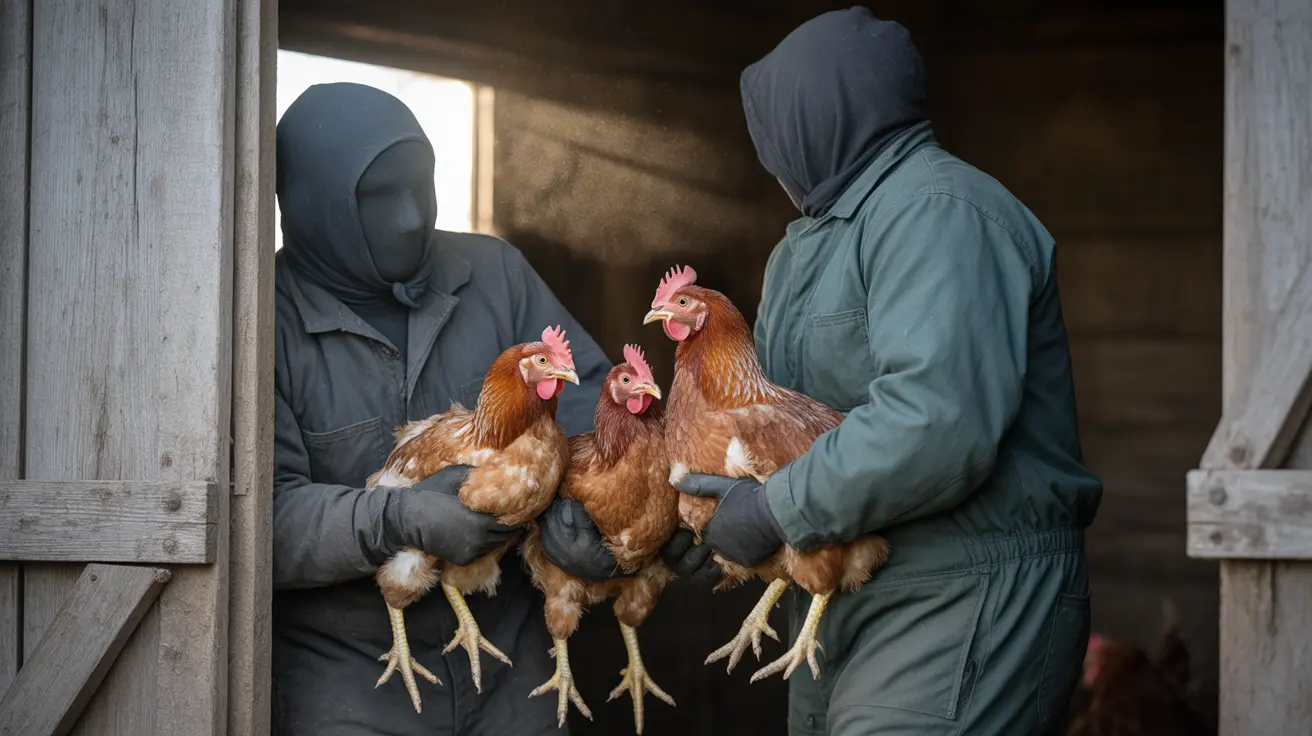Understanding When Dogs Start Feeling Cold
As pet owners, ensuring our dogs' comfort and safety in changing weather conditions is essential. When temperatures drop, dogs—just like humans—can feel the chill. But at what temperature do dogs start feeling cold, and how can you recognize the signs? This comprehensive guide will help you determine when it’s too cold for your pup and what you can do to keep them cozy and safe.
Temperature Thresholds for Dogs
Dog breeds, size, age, coat type, and health all influence how they react to cold weather. However, general temperature ranges can help guide pet owners:
- Above 50°F (10°C): Most dogs are comfortable and do not need additional protection.
- 45°F (7°C) to 32°F (0°C): Dogs may begin to feel cold, especially small breed dogs, puppies, older dogs, or those with thin coats.
- Below 32°F (0°C): Smaller or short-haired breeds could experience discomfort or cold-related health risks such as hypothermia or frostbite.
- Below 20°F (-6°C): All dogs, regardless of breed or size, are at risk for cold-related complications.
Factors That Influence Cold Tolerance
Several variables affect a dog’s ability to tolerate cold:
- Breed: Dogs like Huskies and Malamutes are built for cold weather, while Chihuahuas and Greyhounds are more sensitive.
- Size and Build: Larger dogs retain heat better than smaller ones. Thin or lean dogs also lose heat faster.
- Age and Health: Puppies and senior dogs have weaker immune systems and thinner coats, making them more vulnerable.
- Coat Type: Double-coated breeds are more insulated compared to single-coated or short-haired breeds.
Warning Signs Your Dog Is Too Cold
Watch for these symptoms if you're concerned your dog may be feeling cold:
- Shivering or trembling
- Whining or anxiety
- Slowed movements or lethargy
- Tucking tail or curling up
- Lifting paws off the ground
- Seeking shelter or scratching at doors
If any of these symptoms occur, it is best to bring your dog inside and warm them immediately.
How to Protect Your Dog from the Cold
Here are some effective steps to keep your pup warm during colder weather:
- Limit time outdoors during cold snaps.
- Outfit your dog with an insulated coat or sweater.
- Use dog booties to protect paws from ice and salt.
- Provide plenty of warm bedding inside.
- Ensure their outdoor shelter is windproof and insulated.
Note: Even dogs with thick coats shouldn’t be left outside for extended periods in freezing conditions.
Common Cold-Weather Conditions to Watch For
- Hypothermia: Occurs when a dog's body temperature drops too low. Symptoms include weak pulse, lethargy, and muscle stiffness.
- Frostbite: Affects extremities like ears, paws, and tail. Skin may appear pale or blue and feel cold to the touch.
If you suspect your dog has either condition, seek veterinary help immediately.
Conclusion
While some dogs are better adapted to cold than others, it’s crucial to monitor weather conditions and understand your individual pet's limits. Most dogs start to feel cold at 45°F (7°C), and proactive care can ensure their comfort and health all winter long.





